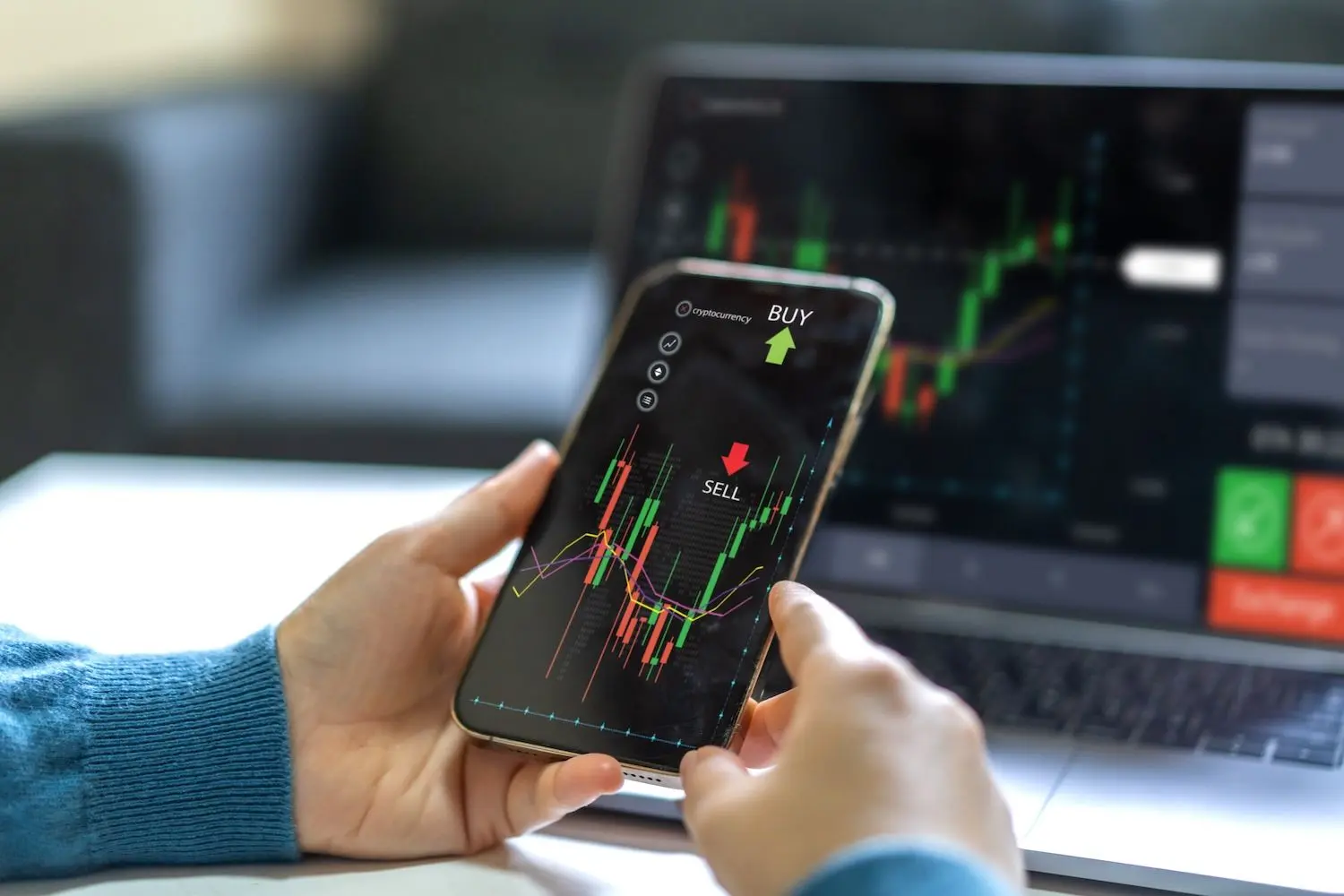Bitcoin and risk assets face a sobering assessment from a veteran liquidity analyst who argues the post-2008 "everything bubble" is approaching its end, not its beginning. Michael Howell, founder of CrossBorder Capital, told the Bankless podcast that global financial markets have entered late-cycle territory as a 65-month debt refinancing rhythm peaks and repo market stress signals mount.
What Happened: Liquidity Expert Warns Cycle Is Ending
Howell presented a framework that tracks liquidity flows through global financial markets rather than traditional monetary aggregates. His Global Liquidity Index shows the pool of capital available for refinancing has doubled from under $100 trillion in 2010 to just under $200 trillion today.
The measure focuses on repo markets and shadow banking activity that begins where conventional M2 definitions end.
The analyst identified a 65-month global liquidity cycle driven primarily by debt refinancing needs.
Capital markets now process 70% to 80% of transactions as debt rollovers rather than new investment funding, according to Howell. He tracks a debt-to-liquidity ratio for advanced economies that averages around two times—when it drops well below that level, asset bubbles form, and when it rises significantly above, financing tensions emerge.
"We're transitioning, unfortunately, out of a period that I've labeled the everything bubble," he said during the Nov. 24 interview.
Also Read: Chinese Bitcoin Mining Surges To 145 EH/s, Takes Third Place Globally
Why It Matters: Refinancing Wall Meets Tighter Conditions
The COVID-era policy response created what Howell described as a visible "debt maturity wall" in the late 2020s. Borrowers locked in near-zero rates through long-term refinancing, pushing heavy rollover needs into the current tightening cycle. SOFR, the secured overnight financing rate that typically trades below the federal funds rate due to collateralization, has repeatedly spiked above its normal range. "We've started to see these repo spreads blow out," Howell warned, noting that the frequency of these events matters more than their magnitude.
His four-regime framework places the United States firmly in the "speculation" phase, with Europe and parts of Asia in "late calm."
Crypto assets behave partly like technology stocks and partly like commodities, with 40% to 45% of Bitcoin's price drivers tied to global liquidity factors. Howell dismissed the popular four-year halving cycle as unsupported by evidence, arguing instead that the 65-month refinancing rhythm provides the more robust explanation.
With that cycle projected to peak around now, he assessed the crypto market as "late stage in the crypto cycle."
The structural outlook remains inflationary over the next two to three decades, making monetary hedges essential.
"It's not Bitcoin or gold. [It's] Bitcoin and gold," Howell said.
His tactical stance is cautious but not yet defensive. "We've not turned bearish risk-off yet, but we are not bullish short-term," he said, suggesting upcoming weakness might create buying opportunities for long-term inflation hedges.
Read Next: Ethereum Breaks Bearish Trend Line As Price Targets $3,000 Resistance

